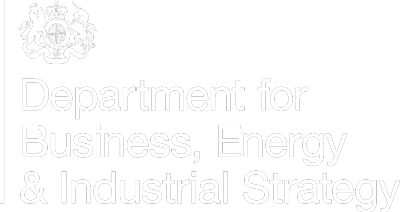Anomia simplex d’Orbigny, 1853
Anomioidea : Anomiidae | Non-native |
| Tebble name: | |
| Smith & Heppell name: |
To size: To 44 mm. Shell Structure: Thin shelled, fragile. Equivalve: Inequivalve, lower (right) valve flat, upper valve (left) curved. Equilateral: Roughly equilateral. Tumidity: Not tumid. Outline: Irregular subcircle.
Sculpture: Irregular, uneven externally, takes on sculpture of whatever it is attached to. Margin: Smooth. Ligament: Tiny internal crescent. Hinge: Edentulous. Pallial Musculature: Monomyarian, posterior adductor muscle small. 2 pedal retractor scars one larger than the other. Colour: White to yellow.
Distribution & Ecology
Native range is Eastern Canada and south, through the Caribbean and south to Argentina.
In Britain and Ireland it has been found attached to several items found in Cornwall but it may also have been overlooked, looking similar to our Anomia ephippium.
Depth Range
In Britain and Ireland it has been found attached to several items found in Cornwall but it may also have been overlooked, looking similar to our Anomia ephippium.
Depth Range

Additional Information & Related Species
Related Species
Anomioidea : Anomiidae
References
Listed are literature citing Anomia simplex d’Orbigny, 1853. Reference containing the species Type Description is highlighted.
|
d’Orbigny, A. 1853. Mollusques. Histoire Physique, Politique et Naturelle de l’île de Cuba 225-380, pls 26-28. |
Resources
- Conchological Society
of Great Britain & Ireland
Provides resources for understanding, identifying, recording, and conserving molluscs - CLEMAM
Check List of European Marine Mollusca - MarLIN
The Marine Life Information Network for Britain and Ireland (MarLIN) provides information for marine environmental management, protection and education. It is a centre of excellence in spatially based and time-series marine biological information and supports good stewardship in the marine environment. - NBN Gateway
National Biodiversity Network's Gateway. Use it to explore UK biodiversity data, as contributed by participating data providers. - BivAToL
- MarBEF
- Malacological Society
- Unitas Malacologica
- Census of Marine Life
- MarBEF
MarBEF, a network of excellence funded by the European Union and consisting of 94 European marine institutes, is a platform to integrate and disseminate knowledge and expertise on marine biodiversity, with links to researchers, industry, stakeholders and the general public.
Record last modified: 27/04/2021


